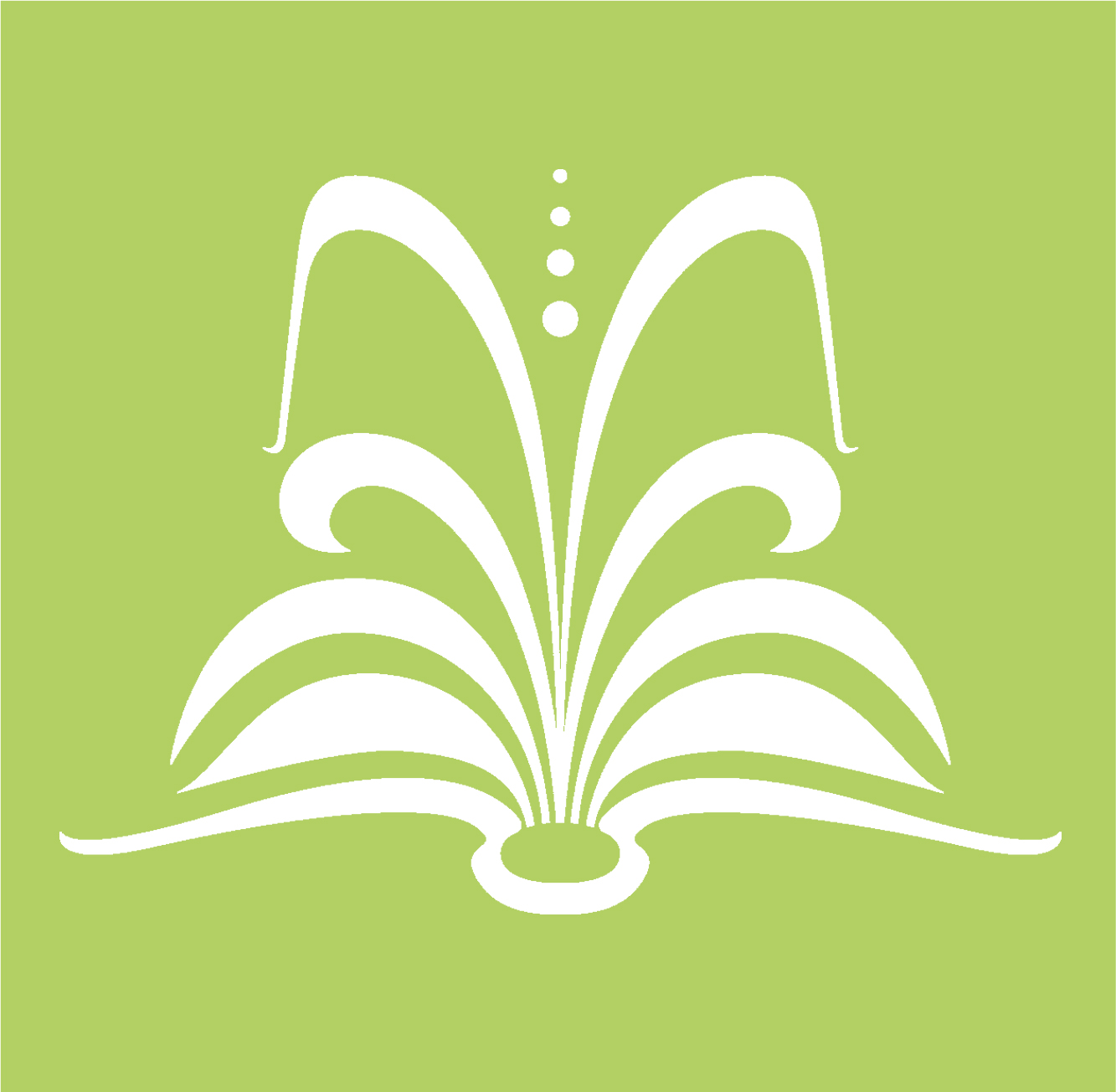The library is undertaking a mammoth exercise to digitise it’s library card index catalogue, and convert it into a searchable online resource. Our team have recently added the 5,000th record. One of our volunteers, Ruth Baigent, gives us a brilliant insight into what that work involves, and her mixed feelings on taking it on!
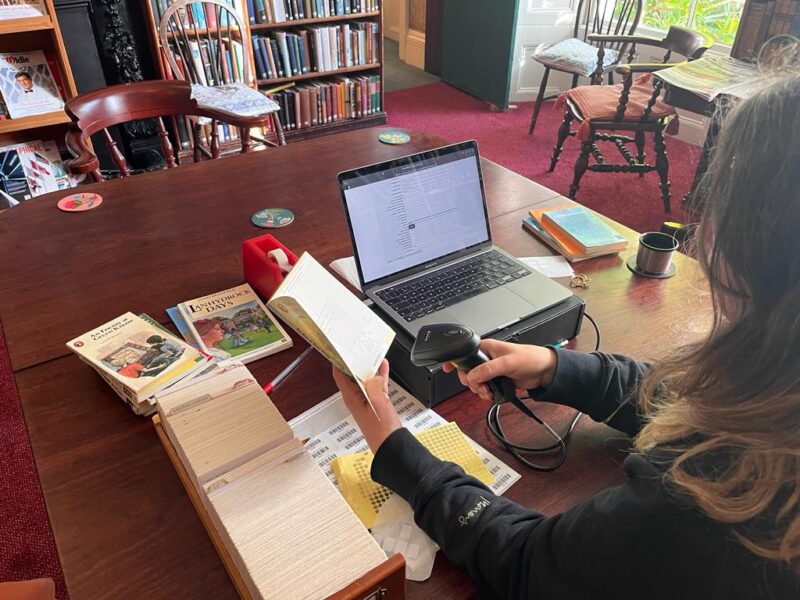
Ruth at work, with the index card catalogue to her left
Cataloguing for Morrab Library means scanning barcodes and checking and entering information, such as publisher details about each book and its library location, onto the new library database, the KOHA library system. We add a barcode sticker to the book with its library number, and each book gets a little gold sticker to indicate that it has been “KOHA-ed”. We started with the library’s various Fiction collections, and I am currently working through Children’s Fiction. I’ve been involved from early days, and we are now past the 5000 book target, with a huge quantity of Non-Fiction volumes to tackle next! There is a small team of us, and we usually work alone, quietly, at different times, and, though there are plans to have a get together at some point, there are still a few of us that have not met yet.
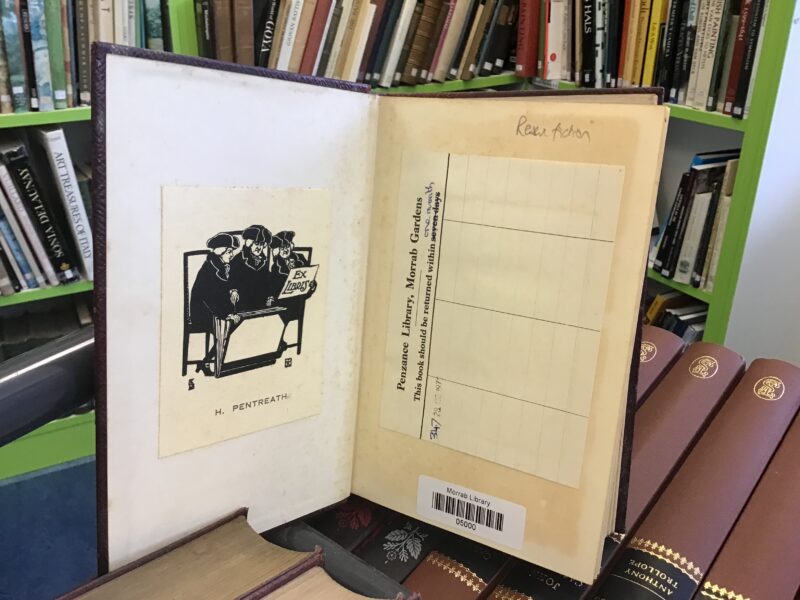
Number 5000!
The library is a tranquil and peaceful place to work. The atmosphere is calm, and it is good to be surrounded by the old timbers, wall to wall books, spacious rooms, and large windows overlooking the eucalyptus trees and other beautiful plants in the sub-tropical Morrab Gardens. I first joined the library when I was about 23, and I have to say it hasn’t changed much over the two decades since, and all changes, such as the library extension, have been unobtrusive.
We all love books, of course, and we all love the old card system the library has in place too. I feel traitorous in some ways, adding the books to a computer database which will supersede the cards and card catalogues, the old pockets and date stamps which libraries just don’t use any more (although I hope Morrab Library will keep up with the date stamps!). The old ways of the public library have changed quite rapidly over the last 20-30 years, but I remember them from my school days, for instance, when we all joined a waiting list for “Are You There God, It’s Me, Margaret?” by Judy Blume. I waited for weeks and weeks, my name added to the long list on a piece of paper held by the librarian. The book would come in, and the next person on the list was notified. The book was stamped and the ticket placed in our little ticket pouch. It was so exciting! That was at a time when everyone said “shush!” when someone spoke and libraries were spaces for peace rather than community. Morrab Library does integrate both, though. Peace is respected, and there is a vibrant community at the same time.
Hopefully introducing the virtual catalogue will be equally unobtrusive, without losing the “life” of the systems. A virtual catalogue means we are able to search for books, to see where they are: are they on the shelves, have they been taken out, have they been reserved, are they off the shelves for conservation? How long have they been taken out for? Are they coming back? These are all important questions! Questions which can be answered very easily when we use a database. So I do see the point. But the card catalogues are so lovely, nothing will truly replace them.
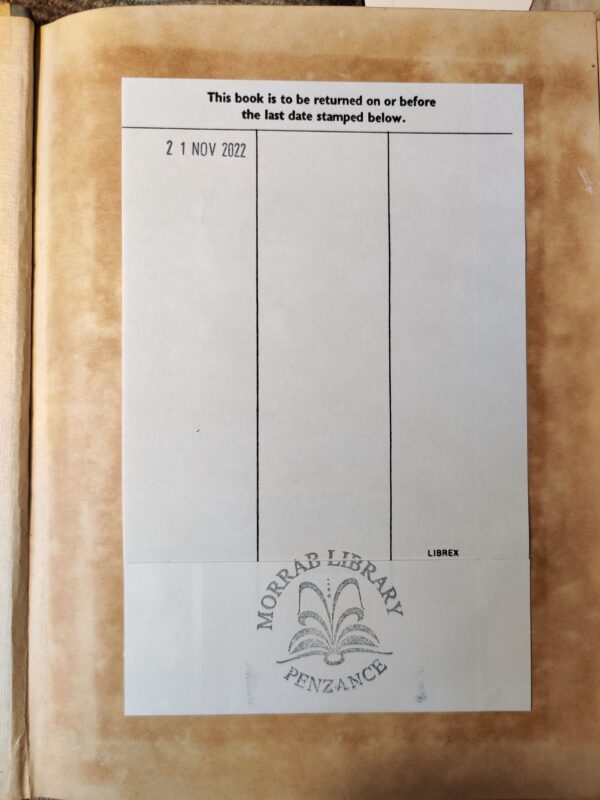 As I’m working, I love looking at the books and seeing when they were taken out, the long lists of dates due back – each date speaks to me of the person who took that book out. It is a beautiful community which I feel a part of. Sometimes, there is a completely blank list of dates. Some books have clearly never been taken out, or never read. I love these books even more, and long to read them. I’d like to start up a children’s book reading club, where we pick these books and read them each week but I wonder if the children wouldn’t be interested in the mysterious unselected books which I’m attracted to!
As I’m working, I love looking at the books and seeing when they were taken out, the long lists of dates due back – each date speaks to me of the person who took that book out. It is a beautiful community which I feel a part of. Sometimes, there is a completely blank list of dates. Some books have clearly never been taken out, or never read. I love these books even more, and long to read them. I’d like to start up a children’s book reading club, where we pick these books and read them each week but I wonder if the children wouldn’t be interested in the mysterious unselected books which I’m attracted to!
The books I love are those promising a magical story of nature and mystery, scattered with wood block prints, and detailed pictures relating to the story, even if obliquely! As a child, I would stare at prints such as these for hours, before TV really became a big feature in my life. Staring at these pictures as I read, I’d notice that oftentimes, the picture didn’t relate to the story — for instance, the story would say the girl was dressed one way, and she would be dressed quite differently in the picture — and I would wonder at how the picture came to be that way… The mysteries of the publishing industry and illustration commissioning were filled with deeper meaning for me… the how? and why? weren’t questions I expected (or wanted) mundane answers to. I simply dwelled in the richness of the mystery of these strange discrepancies. These were things done by other people and understanding eluded me, the mysterious world of Adults described so well by Antoine de Saint-Exupéry in “Le Petit Prince.” Though I have more answers now, I try to hold on to the mystery, and I remember it so well when I am amongst those children’s books, like the ones I used to surround myself with as a child.
Sometimes it is difficult to put the barcode sticker onto the page, as it feels like vandalism, but I also know that it’s nice to find books where a child has drawn or that have notes of dedication, or a bookmark, because it’s nice to think of those who were there before us. The Morrab stamps and stickers thus become part of the book’s history, and add to the interest, rather than detract from it. We will be history ourselves, one day, I hope.
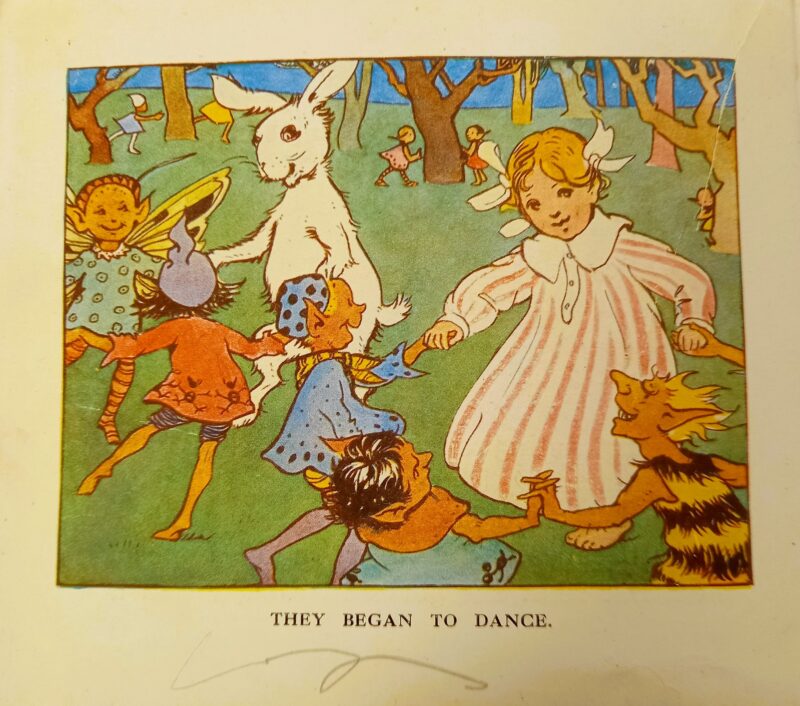
A page from ‘The Adventures of Mary Barbara’ by Angusine MacGregor and May Byron (date unknown)
There are some ancient books from the turn of the 20th century with no publisher information on them, hinting at a time when books were just books, and there were few enough of them that we didn’t need to know who published them, especially if we were children. It’s so vastly different from today, when book publication can feel like consumerism gone mad.
